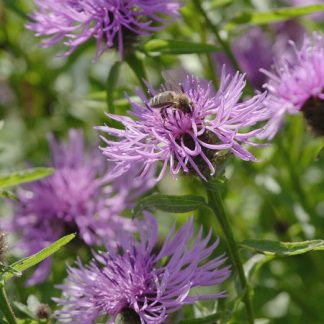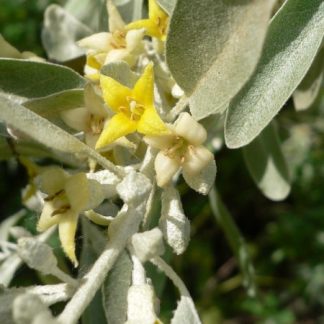Description
Berberidaceae (family name)
Forage for Pollinators: Produces Nectar and Pollen for predominantly short-tongued Bumblebees, with some for all other bees.
Flowering time: April-May.
Growing information: EVERGREEN SHRUB growing to 2.5 m (7ft) by 2.5 m (7ft), with many clusters of orange flowers.
Hardy to minus 17ºC. It tolerates any soil (except constantly waterlogged) enjoying full sun or partial shade. A major nectar source, it yields 30-35 pounds of honey per acre, which is golden-amber in colour, and the pollen is green in colour. Fruit known as barberries, which appears July-August, is edible raw or cooked and pleasant when fully ripe. Berberine, universally present in all parts of Berberis species but especially the rhizomes, has marked antibacterial effects and has also shown anti-tumour activity. One amazing 16th Century Persian dish known as Mutanjaan, has barberries as a central ingredient.
Mutanjaan Stew:
1. Fry garlic and onions and add cubed pork or lamb (and/or soaked beans) and fry more till golden.
2. Add turmeric, cumin and black pepper and boiling water to cover and slow-cook for 4 hours
3. Add tomato juice and/or tomato puree and simmer for a few more minutes
4. Prepare in a large, cold bowl: A tub of Greek yoghurt, slowly add some of the juice from the stew so as not to scald the yoghurt. Set this aside.
5. In a pan with olive oil or butter fry a generous amount of mushrooms, as an accompaniment.
6. Serve the stew on a bed of Basmati rice and top with the yoghurt mixture, the fried mushrooms, chopped pistachios or almonds, and garnish generously with a handful of washed, dried Barberries.
Enjoy the delicious taste experience!






